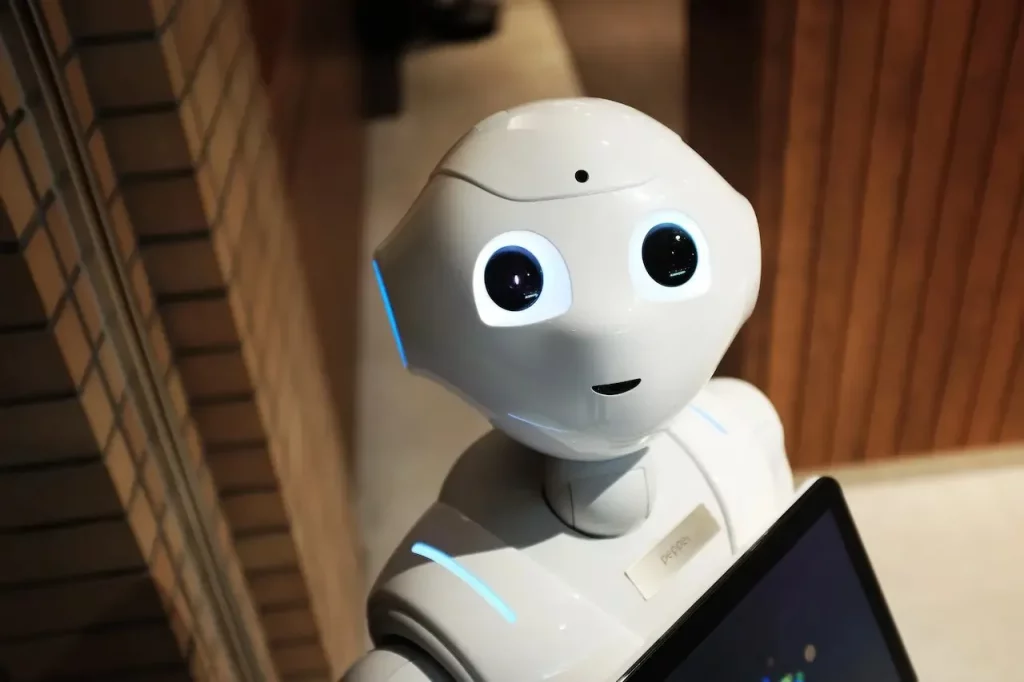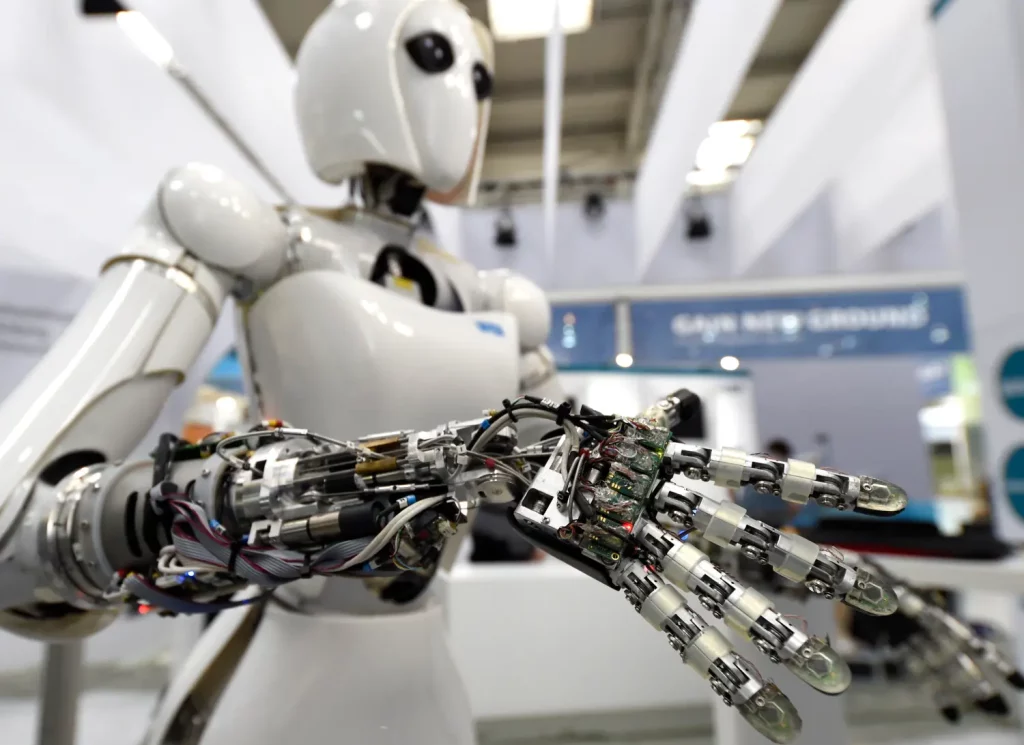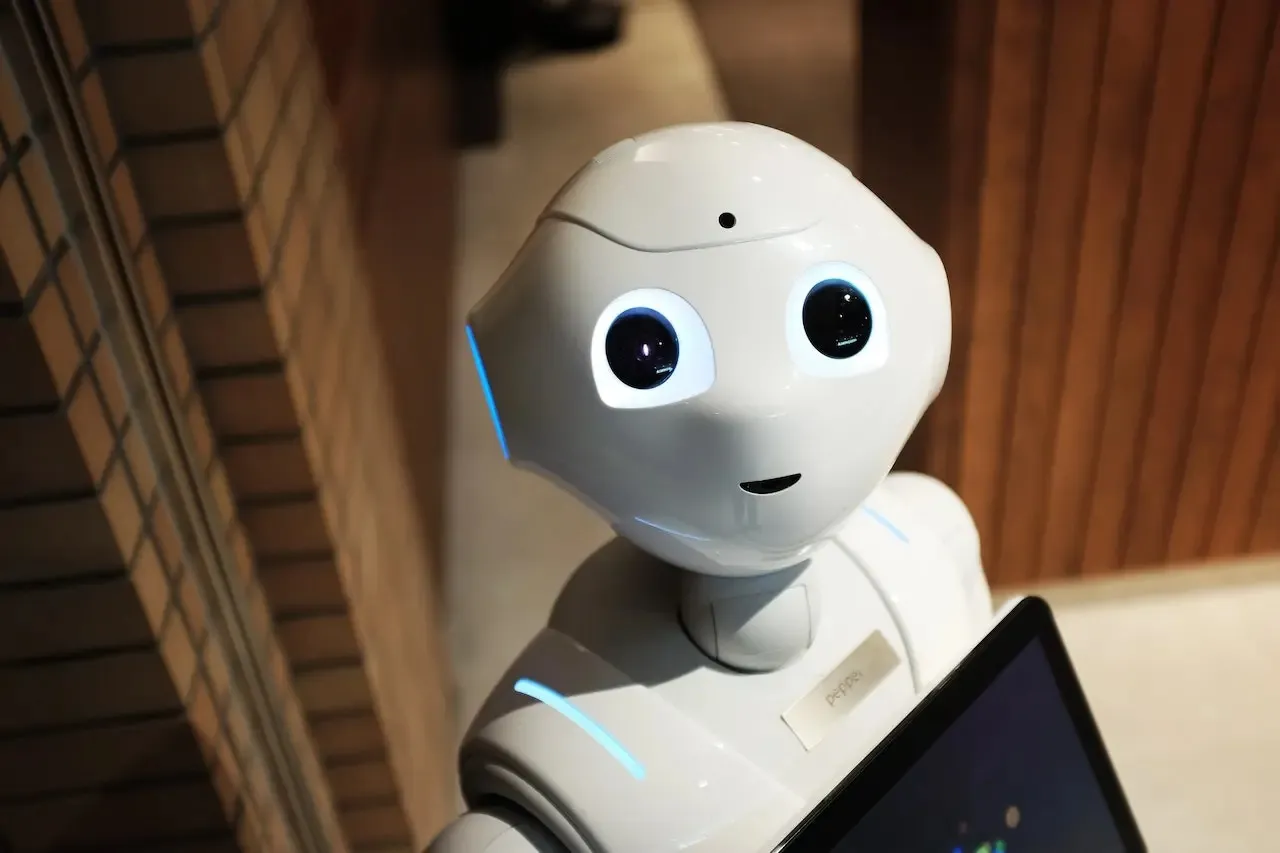In the realm of robotics, there is a burgeoning trend towards delegating household tasks to robots, ranging from mundane chores like cleaning spills to more complex duties such as serving meals. Despite their proficiency in imitating human movements, robots often encounter challenges when confronted with unforeseen circumstances, highlighting a critical gap in their adaptability. Recognizing this limitation, a team of innovative engineers at MIT is pioneering a groundbreaking method to equip robots with a semblance of common sense, empowering them to navigate disruptions and deviations from their pre-programmed paths with unparalleled ease and efficiency.

Traditionally, robots have relied on rigid algorithms and predefined instructions to execute tasks, leaving little room for flexibility or improvisation in dynamic environments. However, the inherent unpredictability of real-world scenarios demands a more nuanced approach—one that enables robots to perceive, reason, and respond intelligently to changing circumstances in real-time.
Drawing inspiration from human cognition and problem-solving abilities, MIT engineers have developed a revolutionary framework that leverages advanced machine learning techniques and cognitive models to imbue robots with a rudimentary form of common sense. By integrating probabilistic reasoning algorithms, predictive analytics, and deep neural networks, these next-generation robots possess the capacity to anticipate potential disruptions, infer causal relationships, and devise adaptive strategies on the fly.
Central to this paradigm shift is the concept of “intuitive physics,” wherein robots acquire an innate understanding of the physical world and its underlying principles through experiential learning and observation. Armed with this foundational knowledge, robots can extrapolate from past experiences to navigate novel situations, effectively bridging the gap between perception and action in dynamic environments.
Moreover, by incorporating feedback mechanisms and reinforcement learning algorithms, these intelligent robots continuously refine their decision-making processes based on real-time feedback, thereby enhancing their adaptability and robustness in diverse operating conditions.
The implications of this breakthrough extend far beyond the realm of household robotics, promising to revolutionize industries ranging from manufacturing and logistics to healthcare and beyond. As robots evolve from mere tools to autonomous agents capable of reasoning and learning, the possibilities for innovation and collaboration are virtually limitless.
In essence, the pioneering work being spearheaded by MIT engineers represents a quantum leap forward in the quest to endow robots with human-like common sense, marking a paradigm shift in the field of robotics and artificial intelligence. By harnessing the power of machine learning and cognitive modeling, we are poised to usher in a new era of intelligent automation—one where robots seamlessly integrate into our daily lives, augmenting our capabilities and enhancing our quality of life in ways previously unimaginable.
The Challenge of Adaptability
Current methods of training household robots primarily rely on imitation learning, where robots replicate the motions demonstrated by humans. However, this approach has limitations, as robots may struggle to handle unexpected bumps or nudges during task execution. Without the ability to adjust dynamically, robots may falter or fail to complete tasks efficiently.
Introducing Common Sense Knowledge
To address this challenge, MIT engineers have devised a novel method that integrates robot motion data with the “common sense knowledge” embedded in large language models (LLMs). By leveraging the comprehensive understanding encoded in LLMs, robots can parse complex household tasks into manageable subtasks and adapt to disruptions seamlessly.

Heading: Parsing Household Tasks
The key innovation lies in breaking down household tasks into logical subtasks and enabling robots to navigate through them autonomously. For example, consider the task of scooping marbles from one bowl and pouring them into another. Rather than treating the task as a single continuous motion, the researchers identified distinct subtasks such as reaching, scooping, transporting, and pouring. This approach allows robots to understand the underlying structure of tasks and adapt their actions accordingly, enhancing their ability to handle unforeseen circumstances and unexpected variations in the environment. By imbuing robots with this level of cognitive flexibility, MIT engineers are paving the way for a new generation of intelligent machines capable of seamlessly integrating into our daily lives and revolutionizing the way we interact with technology.
Grounding in Physical Space
To bridge the gap between language-based subtask descriptions and physical robot actions, the team embarked on developing an algorithm for grounding. This sophisticated algorithm operates by learning to correlate physical coordinates or images of the robot’s state with specific subtasks, effectively facilitating real-time adjustments based on task progress. By establishing this intricate connection between linguistic instructions and tangible robotic actions, the algorithm empowers robots to seamlessly translate abstract task descriptions into precise movements in the physical world.
The significance of this innovation cannot be overstated, as it represents a crucial step towards enhancing the autonomy and adaptability of robots in real-world environments. By harnessing the power of grounding, robots can dynamically respond to changing circumstances, unforeseen obstacles, and subtle variations in their surroundings, thereby maximizing efficiency and performance. As such, this groundbreaking algorithm holds the promise of revolutionizing various fields, from household robotics and industrial automation to healthcare and beyond, ushering in a new era of intelligent machines capable of navigating complex tasks with unparalleled precision and agility.
Heading: Empowering Robots to Self-Correct
Through a series of experiments with a robotic arm trained on the marble-scooping task, the researchers demonstrated the efficacy of their approach. As the robot performed the task, experimenters intentionally disrupted its motions by pushing or nudging it off course and knocking marbles off its spoon. Remarkably, instead of faltering, the robot leveraged its learned grounding classifiers to self-correct and complete each subtask sequentially.
Advancing Household Robotics
The implications of this breakthrough extend beyond individual tasks, paving the way for more resilient and adaptive household robots. By autonomously addressing deviations from the expected trajectory, robots equipped with this technology can navigate real-world environments with confidence and efficiency.
Heading: Future Directions
Looking ahead, the integration of common sense knowledge and adaptive capabilities promises to revolutionize the field of household robotics. As researchers continue to refine algorithms and expand the repertoire of tasks, robots will play increasingly integral roles in everyday life, simplifying chores and enhancing overall quality of life.
Conclusion
With each stride in engineering and artificial intelligence, household robots inch closer to fulfilling their potential as indispensable assistants in the modern home. By infusing them with a dash of common sense, we empower robots to navigate the complexities of domestic life with grace and agility, heralding a future where household tasks are no longer a burden but a seamless part of daily living.
Related Topics:
- https://www.micro2media.com/ai-the-future-fuel-powering-the-it-revolution/
- https://www.micro2media.com/cloud-computing-for-a-sustainable-future-reducing-your-it-footprint/
- https://www.toolpilot.ai/blogs/ai-news/empowering-household-robots-with-a-dose-of-common-sense
- https://www.sciencedirect.com/science/article/pii/S1877050921015568
